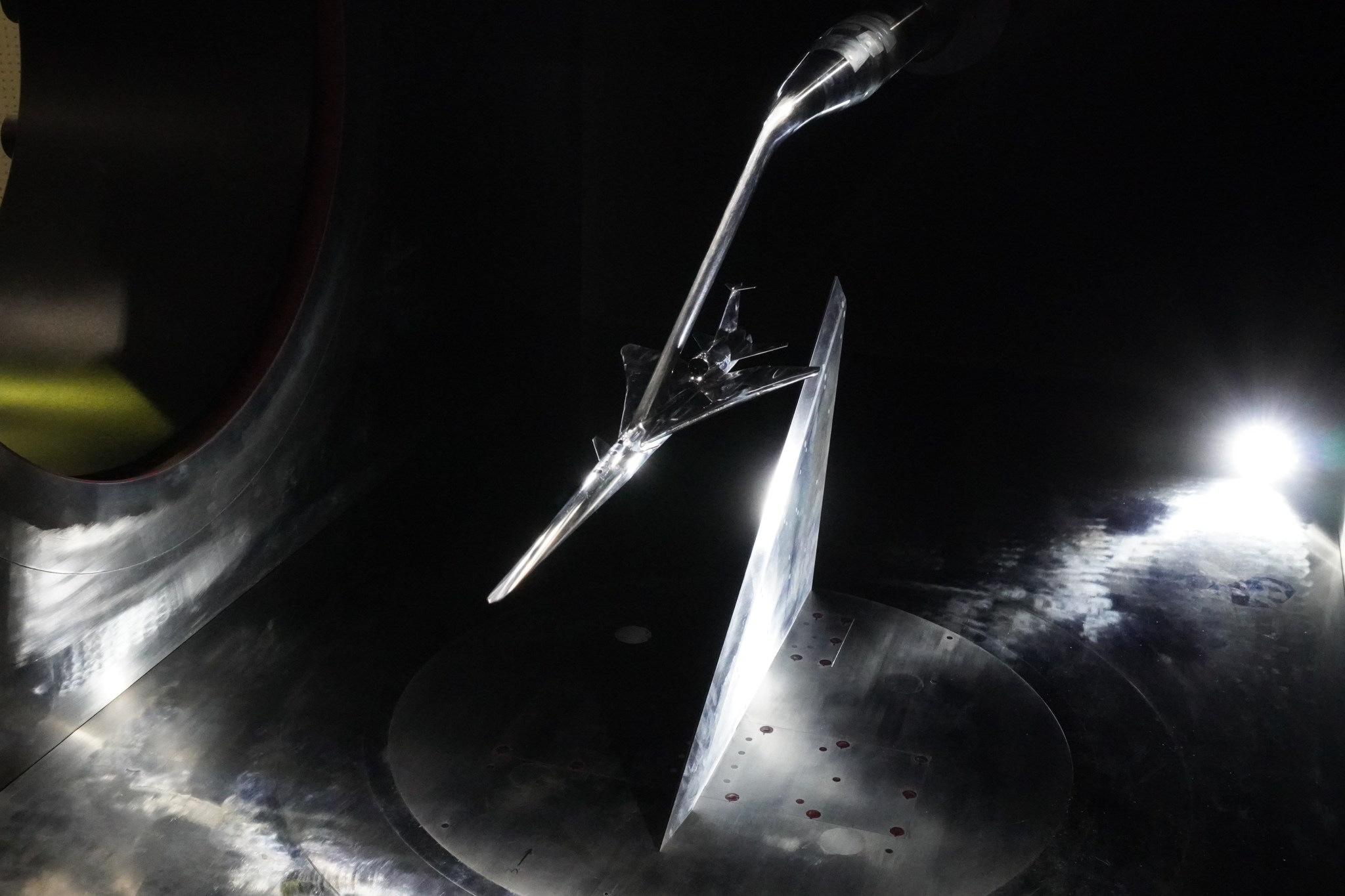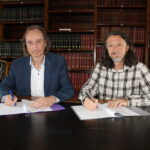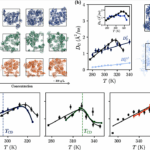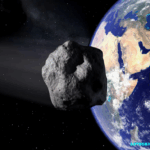Now Reading: Don’t miss the last full ‘Manhattanhenge’ sunset of 2025 light up NYC today
-
01
Don’t miss the last full ‘Manhattanhenge’ sunset of 2025 light up NYC today
Don’t miss the last full ‘Manhattanhenge’ sunset of 2025 light up NYC today
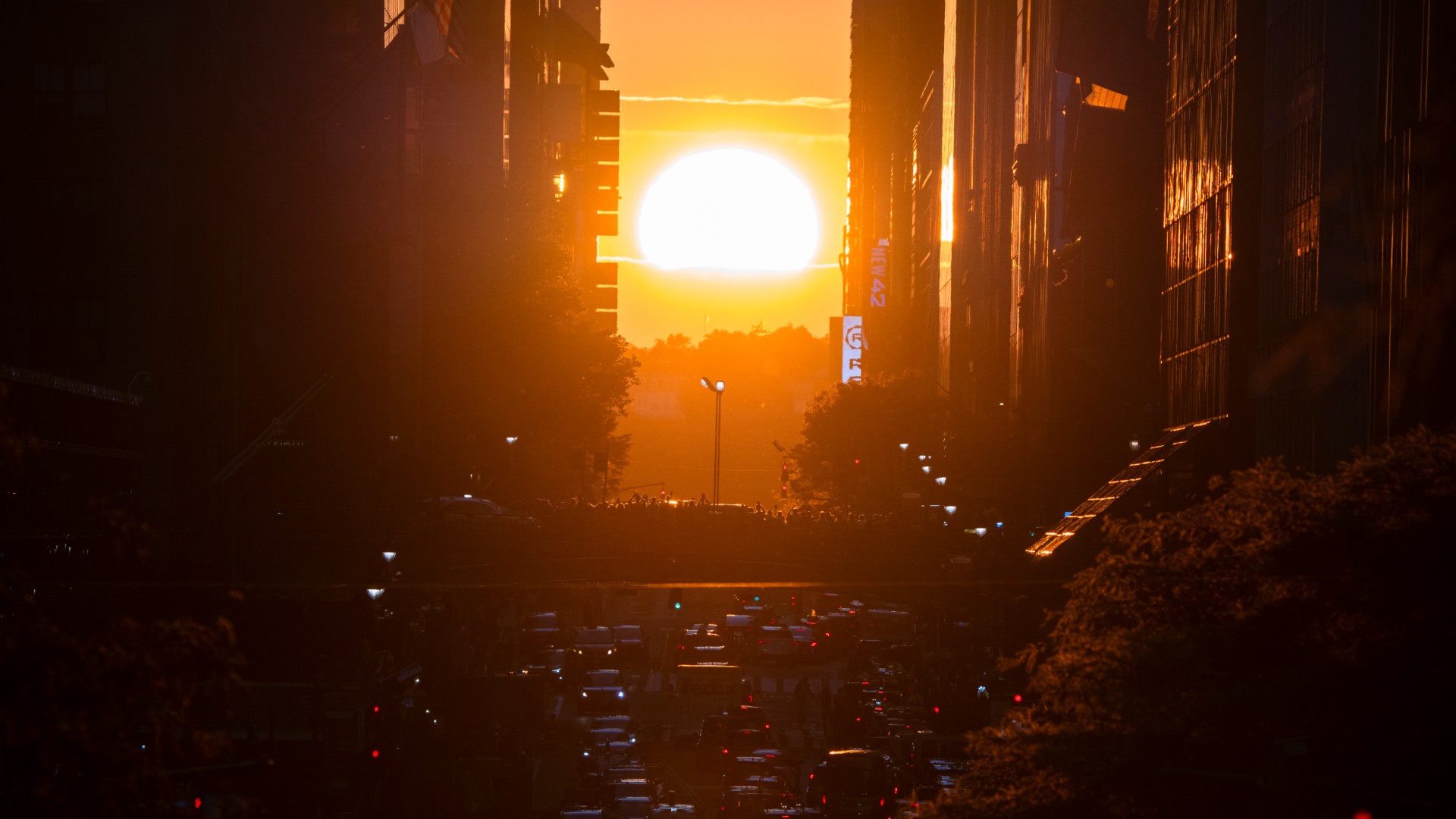
July 11 is the last opportunity to see the ‘Manhattanhenge’ phenomenon light up New York City’s iconic thoroughfares, as the sun positions itself perfectly between the city’s concrete canyons for the final time in 2025.
Each passing day, the sun rises and sets on a subtly different point on the horizon. This gradual creep gives rise to the Manhattanhenge phenomenon — a solar spectacle that sees the setting sun appear directly between New York City’s iconic east-west thoroughfares, kissing the street before sinking out of view below the horizon. The full sun only appears to touch, or “kiss” the city’s west-facing city streets on two occasions throughout the entire Manhattanhenge season, which runs from late-May to mid-July each year.
The first of these spectacular photo ops took place on May 29, as the gradual northward creep of the setting sun saw it descend to light up New York’s high-rise buildings in a dramatic display of solar brilliance. In the weeks that followed, New Yorkers will have witnessed a lesser phenomenon known as the ‘Manhattanhenge Effect’, wherein the sun rides low between the skyscrapers around sunset, but doesn’t move low enough to ‘touch’ the street before disappearing to the right.
The final opportunity to witness Manhattanhenge 2025
The position of the setting sun has been steadily creeping southward in the wake of the Summer Solstice on June 20, setting the stage for the last full Manhattanhenge event of 2025. The full sun will be positioned touching New York’s east-west oriented streets at exactly 8:20 p.m. ET on July 11 (0020 GMT July 12), according to Jackie Faherty, the senior research scientist at the American Museum of Natural History (AMNH) tasked with calculating the timings of the Manhattanhenge phenomenon.
“July Manhattanhenge is what I call the goodbye to the grid, because then it’s too low on the horizon,” said Faherty in a May interview with Space.com. “And then after the July date, it won’t cross the grid again, we have to say goodbye to the sun until next year.”
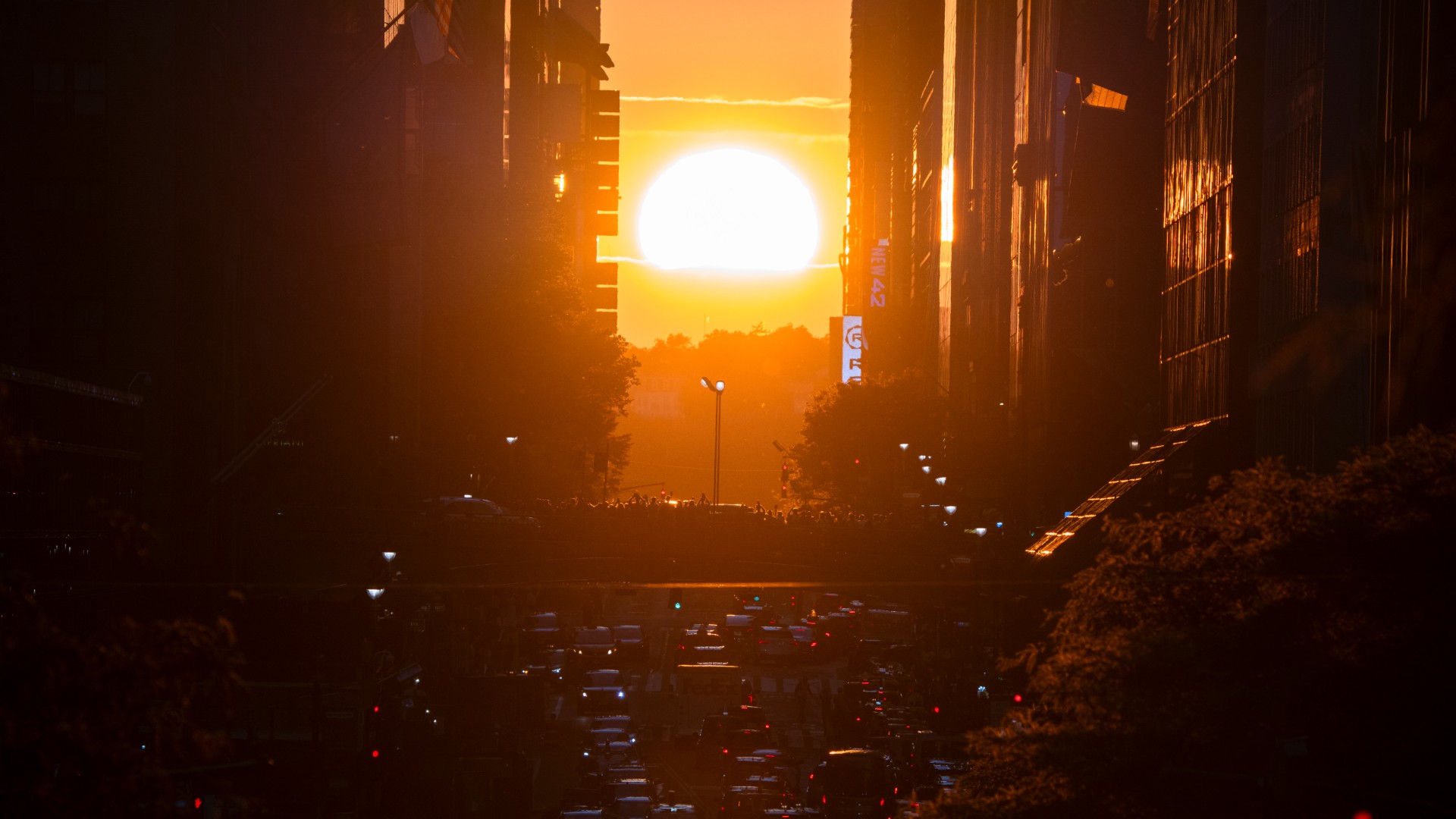
The AMNH is set to hold a Manhattanhenge viewing event on July 11 at the LeFrak Theatre on New York’s 77th Street, featuring live music from the Williamsburg Salsa Orchestra preceded by a presentation by Faherty delving into the history and science behind the phenomenon.
“We are, as far as I know, the only official street closure in the city for Manhattanhenge, for people to safely enjoy the experience,” continued Faherty. “We’re really leaning into the community component of it. People will get the full experience when they come to the museum for our Manhattanhenge program.”
If you miss it, you can still catch the half sun setting below the horizon between the grid at 8:22 p.m. ET On July 12 (0022 GMT on July 13).
Editor’s Note: If you capture a picture of the Manhattanhenge phenomenon and want to share it with Space.com’s readers, then please send your photo(s), name, comments and the location of your shoot to spacephotos@space.com.
Stay Informed With the Latest & Most Important News
Previous Post
Next Post
-
 012024 in Review: Highlights from NASA in Silicon Valley
012024 in Review: Highlights from NASA in Silicon Valley -
 02Panasonic Leica Summilux DG 15mm f/1.7 ASPH review
02Panasonic Leica Summilux DG 15mm f/1.7 ASPH review -
 03From Polymerization-Enabled Folding and Assembly to Chemical Evolution: Key Processes for Emergence of Functional Polymers in the Origin of Life
03From Polymerization-Enabled Folding and Assembly to Chemical Evolution: Key Processes for Emergence of Functional Polymers in the Origin of Life -
 04How New NASA, India Earth Satellite NISAR Will See Earth
04How New NASA, India Earth Satellite NISAR Will See Earth -
 05And Thus Begins A New Year For Life On Earth
05And Thus Begins A New Year For Life On Earth -
 06Astronomy Activation Ambassadors: A New Era
06Astronomy Activation Ambassadors: A New Era -
07SpaceX launch surge helps set new global launch record in 2024















